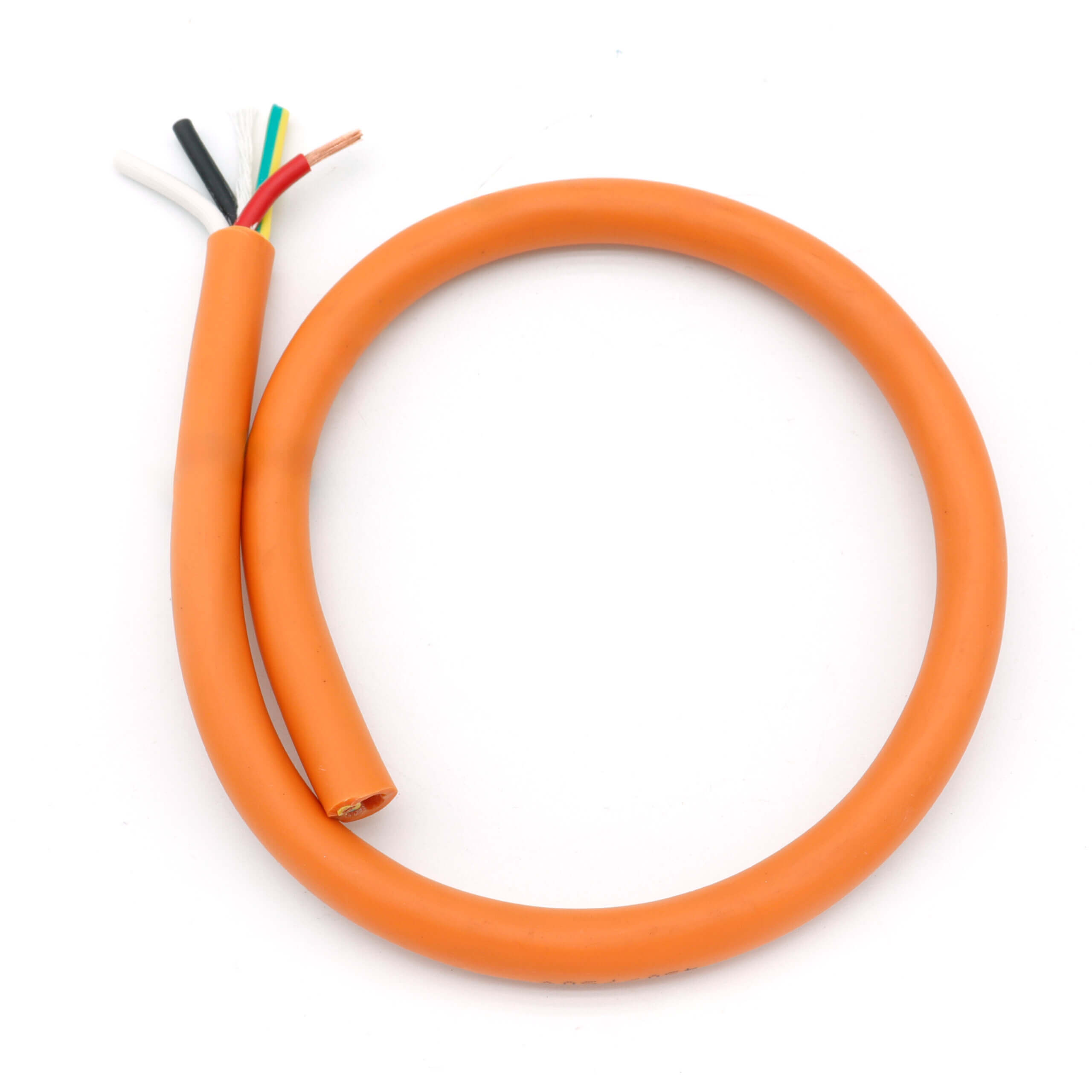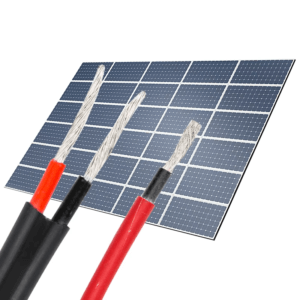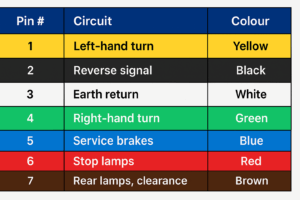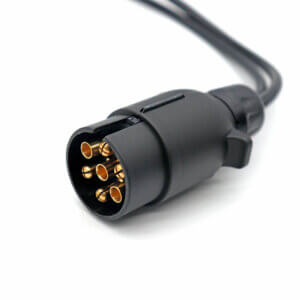1. What is a Flexible Cable?
Flexible cables are generally made up of a number of thin copper conductors stranded together, and are often used to connect to mobile operating equipment or in narrow and confined installation environments. Including drag chain systems, industrial robots, reel systems, and so on. These cables are Cl.5 or Cl.6 cables as defined by VDE0295, IEC60228.
2. Why Use Flexible Cables?
Flexible cables are chosen for the following reasons
- Easy to install: Flexible cables can be bent and twisted more easily during installation to adapt to a variety of complex wiring environments, thus reducing the difficulty of installation and improving installation efficiency.
- Improve durability: In mobile robots, mobile gantries, drag chain systems and other equipment, cables need to withstand more twisting, bending, pulling back and forth. Flexible cables can be better adapted to these deformations, thus extending the service life.
- Ensure safety: Flexible cables are able to disperse stress more effectively when subjected to external forces, reducing the risk of rupture or short-circuit and improving the safety of the electrical system.
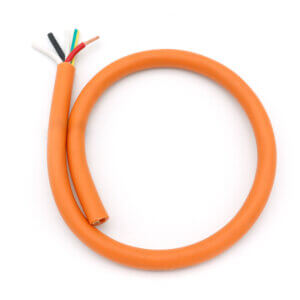
3. How to Choose the Right Flexible Cable?
Selection of flexible cables generally have to consider the following points:
- Minimum Bending Radius of the cable:The radius of the cable is different for fixed installation and flex installation. Usually the same cable will have a smaller minimum bend radius for fixed laying than for flex. You can consult your supplier to get the minimum bend radius. In drag chain systems, robots, gantries cables are of mobile installation. In cable ducts it is a fixed installation.
- Sheath Material of the cable:The common flexible cable sheath material is PVC, while for some demanding applications, we may need to choose PUR, TPE, rubber and other materials. For more information, please refer to this article.
- Shielding Requirements:In the modern automation industry, electromagnetic interference and noise have always been an unavoidable problem. Especially for computer bus cable, we need to focus on whether these flexible cables need to be shielded, whether it is a layer of aluminum foil or double shielding?
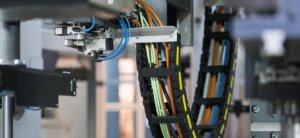
4. Conclusion
Flexible cables provide a good solution for mobile operating equipment. I hope this article will help you in your selection of flexible cables. If you have any questions, you are also more than welcome to ask us!

